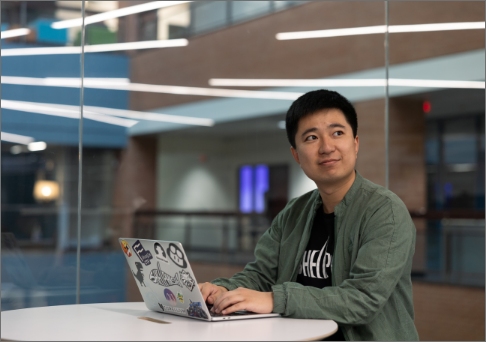Accelerate,
optimize and
discover with AI
As ASU researchers set out to solve humanity’s greatest challenges, our goal is to provide the best tools to empower them to succeed. AI is an essential part of the modern toolkit, offering new opportunities to advance research that matters to our communities today.
Knowledge Enterprise and Research Computing at ASU provide world-class AI models, tools and high-performance computing resources to faculty, students, staff and community members.
By opening access to tools and platforms across all disciplines, we foster an inclusive environment for AI research that joins scientific, humanistic and artistic exploration.
Our infrastructure, which includes the Sol supercomputer, offers the power and flexibility to push boundaries in AI research — whether you are developing large language models (LLMs), accelerating AI-driven software, or applying deep learning techniques to complex problems.





